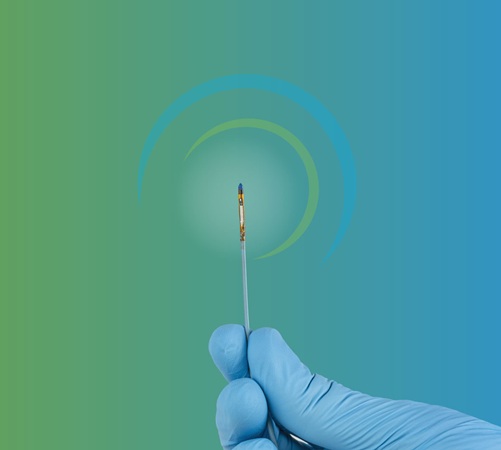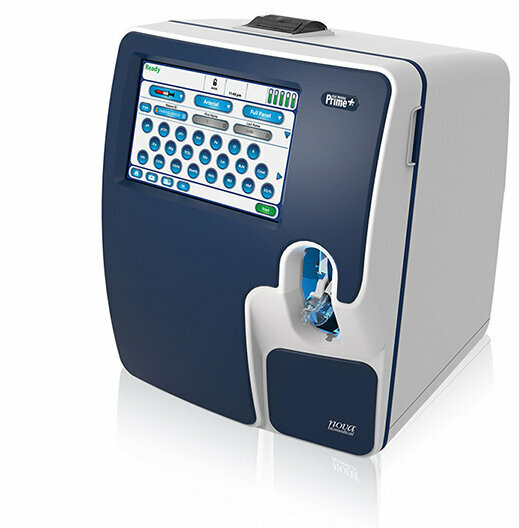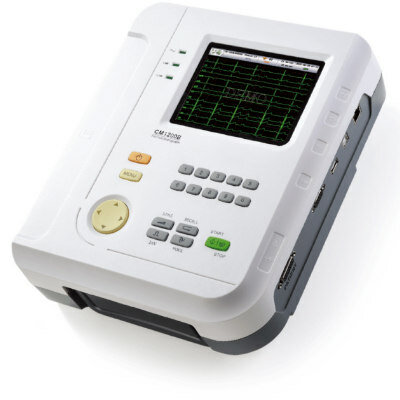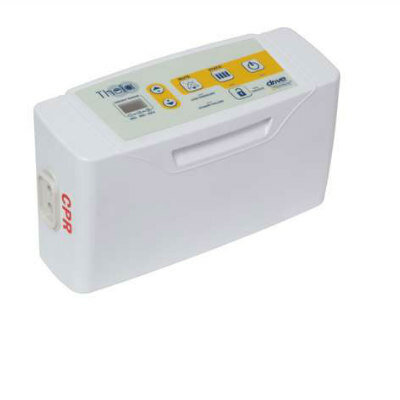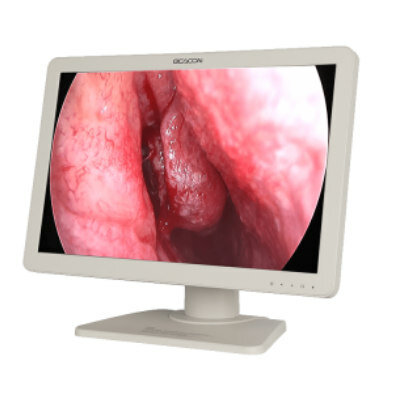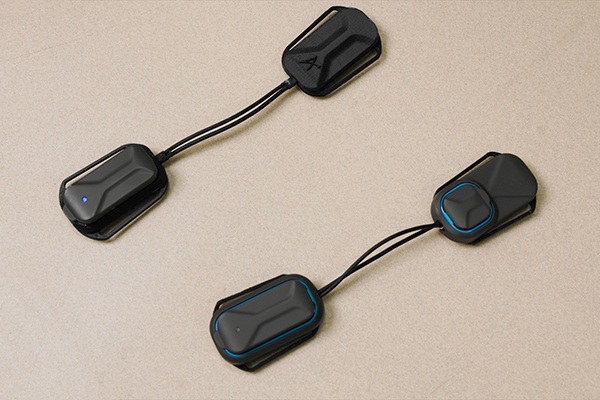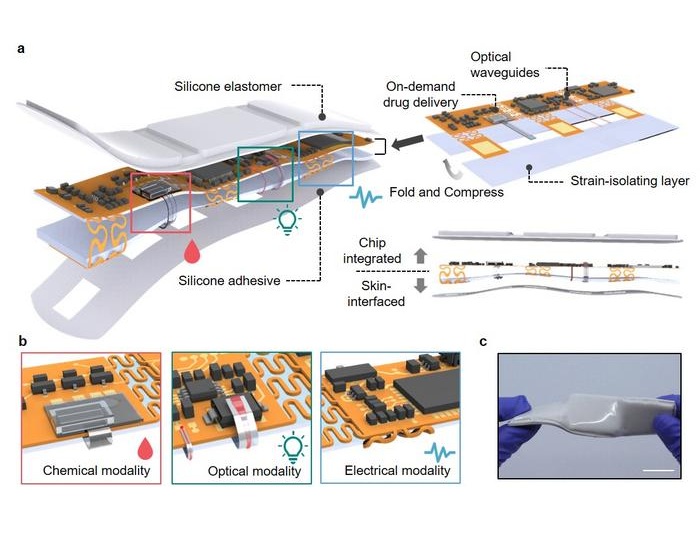Integrated Technology Platform Enables Better Spine Surgery
|
By HospiMedica International staff writers Posted on 30 Jul 2019 |
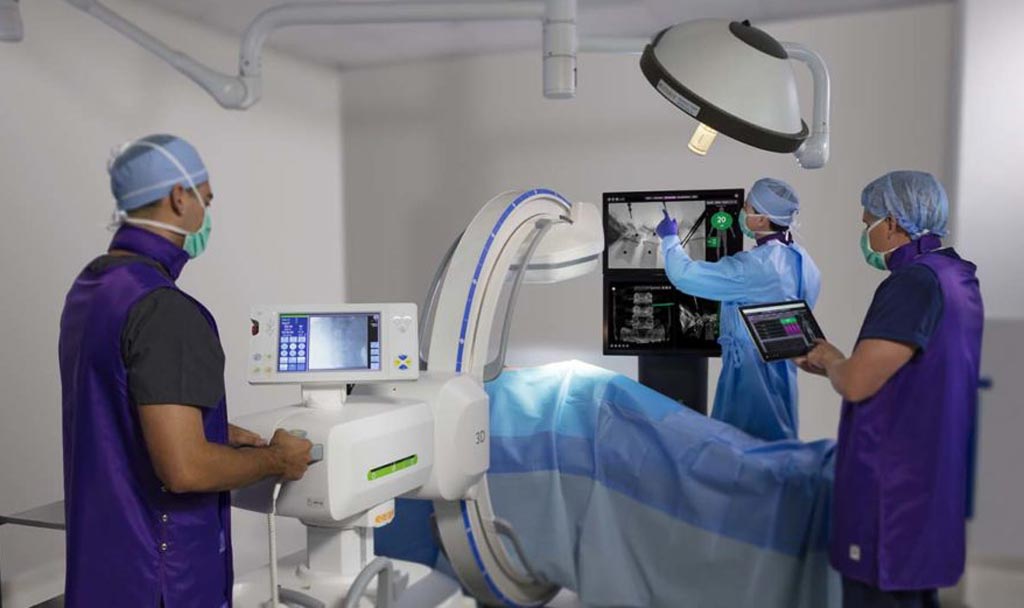
Image: An integrated technology system advances spine surgery (Photo courtesy of NuVasive).
An innovative multiple technology operating room (OR) platform helps surgeons adopt a more efficient and less disruptive minimally invasive surgery (MIS) approach in all spine procedures.
The NuVasive (San Diego, CA, USA) Pulse OR platform combines neuromonitoring, surgical planning, rod bending, radiation reduction, and imaging and navigation functions to improve operative workflow, reduce variability and increase surgical reproducibility. Independent device access allows OR staff to view the various technologies' imaging and insights, simultaneously and in real time. In addition, the open, modular architecture of the system allows the use of flexible technology packages and selection of the exact tools needed to address specific pathologies in spine surgery procedures.
The Pulse OR platform includes a range of hardware and software modules, including:
• Image transferring for both 2D- and 3D-imaging that combines camera, array, and workflow technologies to improve line of sight, ease of use and surgical efficiency in the OR. Pulse also leverages the Siemens Healthineers (Erlangen, Germany) Cios Spin 3D mobile C-arm.
• Surgical Planning with Integrated Global Alignment (iGA), a preoperative planning software that incorporates alignment parameters, implant integration, surgical modeling, and other tools to help create a reliable plan prior to stepping into the OR.
• An automated nerve detection system with standardized setup and clinically validated alerts that help reduce variability and allow for faster neuromonitoring and interpretation of neural information.
• Radiation reduction via LessRay, an imaging system designed to take low-quality, low-dose images and improve them to look like conventional full-dose images, at 80% dose reduction compared to standard fluroscopy.
• Rod bending with Bendini, a technology used to create patient-specific rods, which are bent exactly to implant locations, expediting manual rod manipulation through computer-assisted bend instructions, all without leaving the OR.
“The Pulse platform is uniquely engineered to equip surgeons with a single platform of integrated technologies necessary to perform all spine surgeries, including minimally invasive approaches,” said J. Christopher Barry, CEO of NuVasive. “Pulse provides an intuitive surgeon experience by anticipating user needs and fusing these technologies to create a seamless, optimized OR workflow, while addressing a broad range of clinical challenges. This is a pivotal step in our strategic vision to deliver end-to-end solutions that enable predictable clinical and economic outcomes in spine surgery.”
“NuVasive’s Pulse platform provides an unmatched surgical experience due to its responsive and optimized workflow features,” said Juan Uribe, MD, chief of the division of spinal disorders at Barrow Neurological Institute (Phoenix, AZ, USA). “The benefits of the advanced navigation and imaging, coupled with neuromonitoring, allow for optimized outcomes for patients, while gaining impactful efficiencies for my OR staff and hospital system.”
The NuVasive (San Diego, CA, USA) Pulse OR platform combines neuromonitoring, surgical planning, rod bending, radiation reduction, and imaging and navigation functions to improve operative workflow, reduce variability and increase surgical reproducibility. Independent device access allows OR staff to view the various technologies' imaging and insights, simultaneously and in real time. In addition, the open, modular architecture of the system allows the use of flexible technology packages and selection of the exact tools needed to address specific pathologies in spine surgery procedures.
The Pulse OR platform includes a range of hardware and software modules, including:
• Image transferring for both 2D- and 3D-imaging that combines camera, array, and workflow technologies to improve line of sight, ease of use and surgical efficiency in the OR. Pulse also leverages the Siemens Healthineers (Erlangen, Germany) Cios Spin 3D mobile C-arm.
• Surgical Planning with Integrated Global Alignment (iGA), a preoperative planning software that incorporates alignment parameters, implant integration, surgical modeling, and other tools to help create a reliable plan prior to stepping into the OR.
• An automated nerve detection system with standardized setup and clinically validated alerts that help reduce variability and allow for faster neuromonitoring and interpretation of neural information.
• Radiation reduction via LessRay, an imaging system designed to take low-quality, low-dose images and improve them to look like conventional full-dose images, at 80% dose reduction compared to standard fluroscopy.
• Rod bending with Bendini, a technology used to create patient-specific rods, which are bent exactly to implant locations, expediting manual rod manipulation through computer-assisted bend instructions, all without leaving the OR.
“The Pulse platform is uniquely engineered to equip surgeons with a single platform of integrated technologies necessary to perform all spine surgeries, including minimally invasive approaches,” said J. Christopher Barry, CEO of NuVasive. “Pulse provides an intuitive surgeon experience by anticipating user needs and fusing these technologies to create a seamless, optimized OR workflow, while addressing a broad range of clinical challenges. This is a pivotal step in our strategic vision to deliver end-to-end solutions that enable predictable clinical and economic outcomes in spine surgery.”
“NuVasive’s Pulse platform provides an unmatched surgical experience due to its responsive and optimized workflow features,” said Juan Uribe, MD, chief of the division of spinal disorders at Barrow Neurological Institute (Phoenix, AZ, USA). “The benefits of the advanced navigation and imaging, coupled with neuromonitoring, allow for optimized outcomes for patients, while gaining impactful efficiencies for my OR staff and hospital system.”
Latest Surgical Techniques News
- Easy-To-Apply Gel Could Prevent Formation of Post-Surgical Abdominal Adhesions
- Groundbreaking Leadless Pacemaker to Prevent Invasive Surgeries for Children
- Spectroscopy Technique Improves Surgery for Pediatric Epilepsy Patients
- Bioengineered Arteries Show Promise for Cardiovascular Surgery
- Online Tool Guides Surgical Decisions for Gallbladder Cancer
- Innovative Technology Enables Rapid Life-Saving Surgical Leak Detection
- First-Of-Its-Kind Bioresorbable Implant to Help Children with Rare Respiratory Disease
- Screw-Shaped Magnetic Microrobots to Transform Treatment for Patients with Inoperable Blood Clots
- "Ultra-Rapid" Testing in the OR Could Enable Accurate Removal of Brain Tumors
- Automated Endoscopic Device Obtains Improved Biopsy Results in Single Pass
- World's First Machine Learning Model Combats Wrong-Site Surgery
- Novel Method Combining Heart Biopsy and Device Implantation Reduces Complications Risk
- New Surface Coating Could Prevent Blood Clotting in Medical Devices and Implants

- Dumbbell-Shaped Thrombectomy Device Offers Novel Approach to Cerebral Venous Sinus Thrombosis Treatment
- Novel Catheter Mimics Snake Teeth to Grab Blood Clots
- New Laparoscopic Imaging Technique Accurately Maps Biological Tissue for Minimally Invasive Surgery
Channels
Artificial Intelligence
view channel
Innovative Risk Score Predicts Heart Attack or Stroke in Kidney Transplant Candidates
Heart researchers have utilized an innovative risk assessment score to accurately predict whether patients being evaluated for kidney transplants are at risk for future major cardiac events, such as a... Read more
AI Algorithm Detects Early-Stage Metabolic-Associated Steatotic Liver Disease Using EHRs
Liver disease, which is treatable when detected early, often goes unnoticed until it reaches advanced stages. Metabolic-associated steatotic liver disease (MASLD), the most prevalent form of liver disease,... Read moreCritical Care
view channel
Novel Coating Significantly Extends Longevity of Implantable Biosensors
Wearable and implantable biosensors capable of accurately detecting biological molecules in a non-invasive or minimally invasive way offer enormous potential for monitoring patients’ health and their responses... Read more
Nanogel-Based Drug Delivery Technology to Improve UTI Treatment
Urinary tract infections (UTIs) are not only widespread and costly but also highly debilitating, significantly impacting the quality of life for those affected. The antibiotics commonly used to treat UTIs... Read more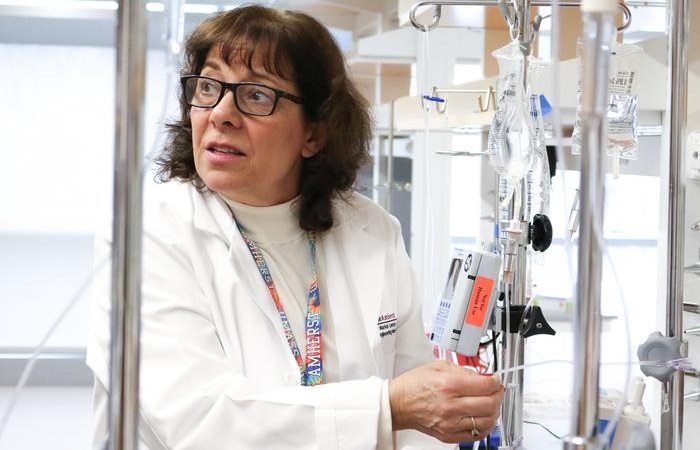
New IV Pole Improves Safety and Ease of Administering IV Medications at Hospital Bedside
Preventable medication errors affect around 500,000 hospitalized patients in the U.S. every year. A significant portion of these errors occur with intravenous (IV) smart pumps, which require a precise... Read morePatient Care
view channel
Portable Biosensor Platform to Reduce Hospital-Acquired Infections
Approximately 4 million patients in the European Union acquire healthcare-associated infections (HAIs) or nosocomial infections each year, with around 37,000 deaths directly resulting from these infections,... Read moreFirst-Of-Its-Kind Portable Germicidal Light Technology Disinfects High-Touch Clinical Surfaces in Seconds
Reducing healthcare-acquired infections (HAIs) remains a pressing issue within global healthcare systems. In the United States alone, 1.7 million patients contract HAIs annually, leading to approximately... Read more
Surgical Capacity Optimization Solution Helps Hospitals Boost OR Utilization
An innovative solution has the capability to transform surgical capacity utilization by targeting the root cause of surgical block time inefficiencies. Fujitsu Limited’s (Tokyo, Japan) Surgical Capacity... Read more
Game-Changing Innovation in Surgical Instrument Sterilization Significantly Improves OR Throughput
A groundbreaking innovation enables hospitals to significantly improve instrument processing time and throughput in operating rooms (ORs) and sterile processing departments. Turbett Surgical, Inc.... Read moreHealth IT
view channel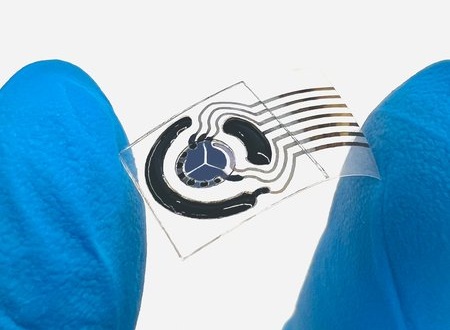
Printable Molecule-Selective Nanoparticles Enable Mass Production of Wearable Biosensors
The future of medicine is likely to focus on the personalization of healthcare—understanding exactly what an individual requires and delivering the appropriate combination of nutrients, metabolites, and... Read more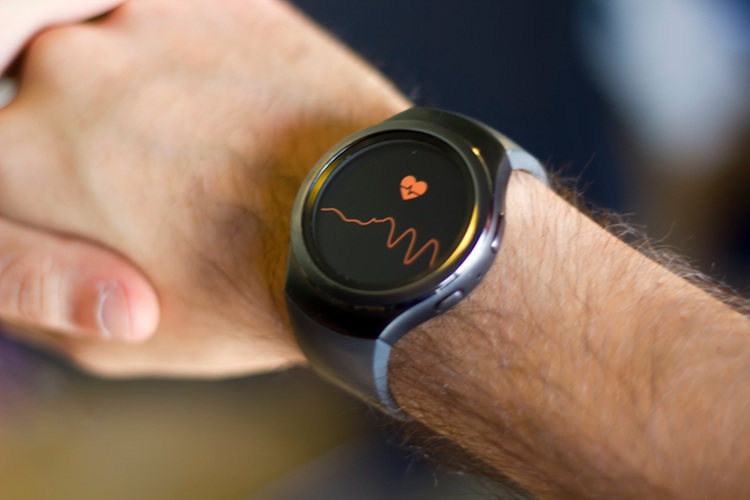
Smartwatches Could Detect Congestive Heart Failure
Diagnosing congestive heart failure (CHF) typically requires expensive and time-consuming imaging techniques like echocardiography, also known as cardiac ultrasound. Previously, detecting CHF by analyzing... Read morePoint of Care
view channel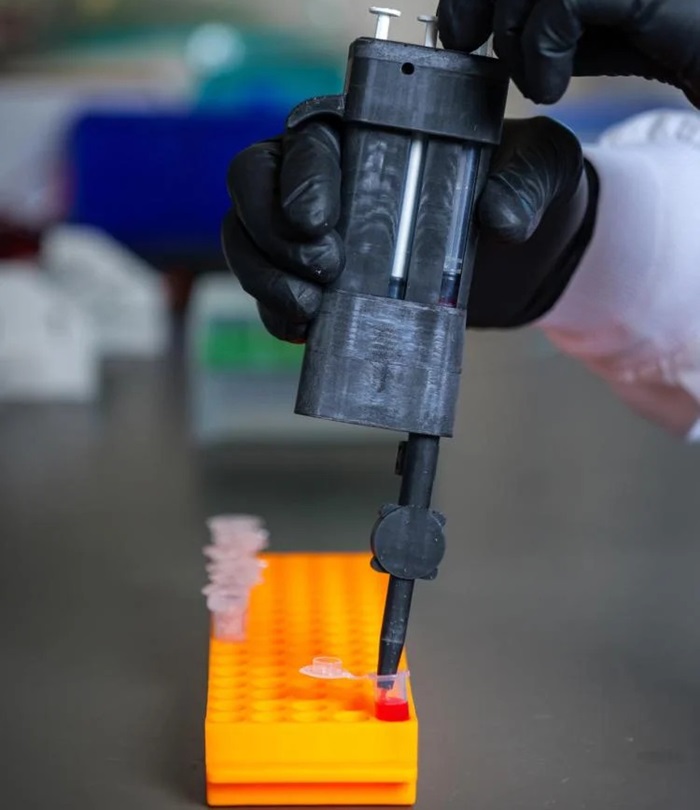
Handheld, Sound-Based Diagnostic System Delivers Bedside Blood Test Results in An Hour
Patients who go to a doctor for a blood test often have to contend with a needle and syringe, followed by a long wait—sometimes hours or even days—for lab results. Scientists have been working hard to... Read more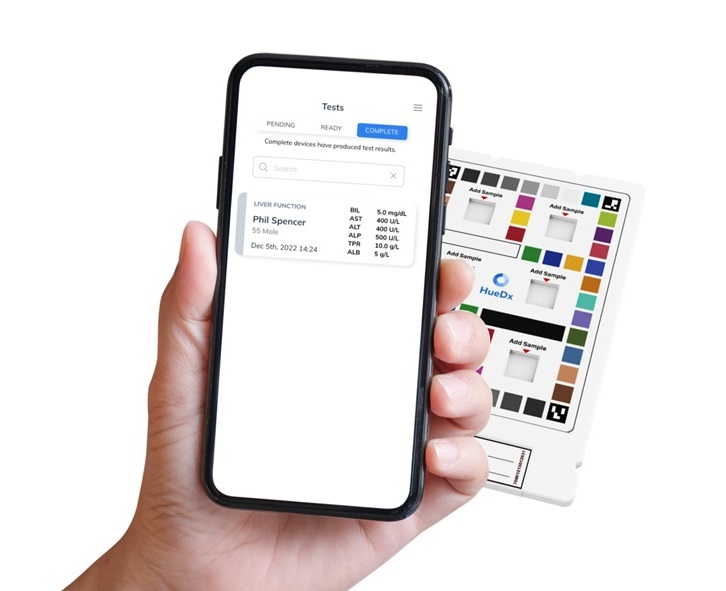
Smartphone-Enabled, Paper-Based Quantitative Diagnostic Platform Transforms POC Testing
Point-of-care diagnostics are crucial for public health, offering rapid, on-site testing that enables prompt diagnosis and treatment. This is especially valuable in remote or underserved regions where... Read moreBusiness
view channel
Becton Dickinson to Spin Out Biosciences and Diagnostic Solutions Business
Becton, Dickinson and Company (BD, Franklin Lakes, NJ, USA), has announced that its board of directors has unanimously authorized BD management to pursue a plan to separate BD's Biosciences and Diagnostic... Read more